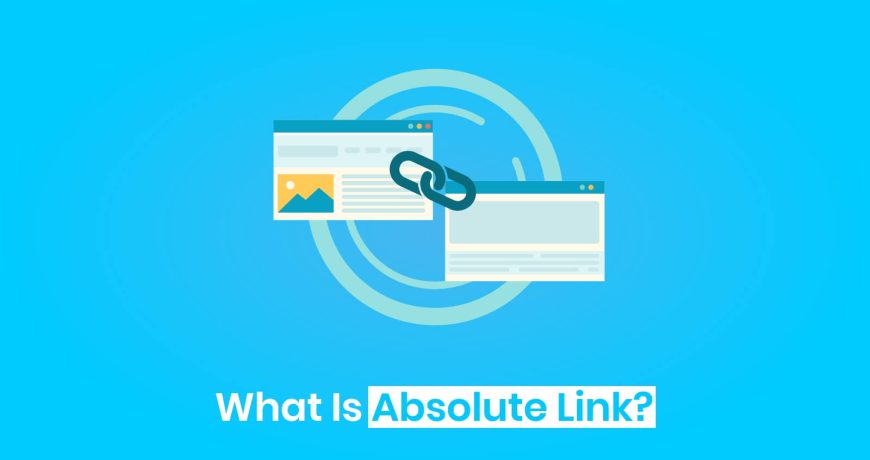When building a website, linking pages correctly is essential for navigation, SEO, and user experience. One of the most important types of links you’ll use is the absolute link.
In this guide, we’ll explore what absolute links are, how they work, and when you should use them. We’ll also compare them with relative links to help you choose the right approach for your project.
What Is an Absolute Link?
An absolute link (or absolute URL) is a full web address that includes the complete path to a resource — from the protocol to the domain and file name.
Example:
<a href="https://www.example.com/blog/post.html">Read More</a>
This link contains the protocol (https://), the domain (www.example.com), and the path (/blog/post.html).
When to Use Absolute Links
Use absolute links when:
- You’re linking to an external website.
- You want to avoid URL confusion caused by relative paths.
- You’re building emails, RSS feeds, or syndicated content where relative URLs may break.
Advantages of Absolute Links
✅ Work everywhere — even outside your domain
✅ Clear and unambiguous for crawlers
✅ Great for external linking and content syndication
Disadvantages of Absolute Links
❌ Harder to maintain when you migrate a site
❌ Typing long URLs can be time-consuming
❌ Small SEO risks if linking to the wrong protocol or domain version
For comparison, see how relative links differ in our detailed article:
👉 Relative Links Explained
Best Practices for Absolute Links
- Always use HTTPS.
- Ensure URLs are lowercase and consistent.
- Avoid hardcoding your domain if your site will be moved.
- Use canonical URLs for SEO consistency.
Absolute vs Relative Links
Want to see a head-to-head comparison? Read our guide on
👉 Relative vs Absolute Links – Key Differences
Need Help Structuring Your Website Links?
At Webful Creations, we build WordPress sites with SEO-friendly URL structures, internal linking, and optimized performance — so your site ranks better and loads faster.
Related Reading
FAQs About Absolute Links
1. What is an absolute link in HTML?
An absolute link is a full web address that includes the protocol, domain, and path to a file — for example, https://www.example.com/about.html. It works anywhere, even outside your domain.
2. When should I use an absolute link?
Use absolute links when linking to external websites, or when content is displayed outside your domain, such as in email newsletters or RSS feeds.
3. Are absolute links better for SEO?
Absolute and relative links are treated similarly by Google, but absolute links can make your internal linking clearer and reduce the risk of broken URLs when using canonical tags.
4. Can I mix absolute and relative links on my website?
Yes, it’s common to use both. For internal pages, use relative links. For external resources, use absolute links. Just stay consistent across your site.
5. How do I change relative links to absolute links in WordPress?
You can update links in your WordPress editor or use a plugin that automatically converts URLs to absolute format.


